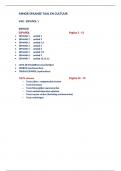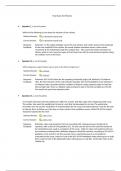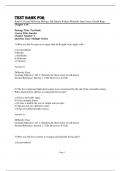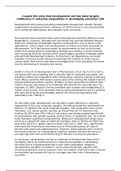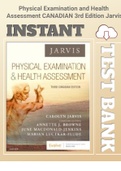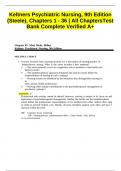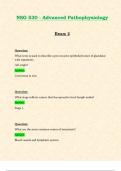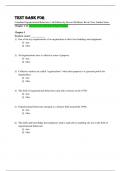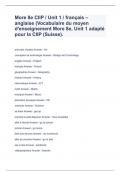Class notes
2023 - Español 1 -Alle aantekeningen, uitleg, tips etc. voor een ruime voldoende voor Español 1 -Inlusief 10 pagina's testvragen
- Course
- Institution
- Book
Alle aantekeningen overzichtelijk bij elkaar voor het vak español 1 van de minor Spaans. Met duidelijke tabellen, images, overzichten etc. Het boek dat gebruikt werd was de nieuwste druk van Con Gusto 1 (0971 en 0988).
[Show more]
